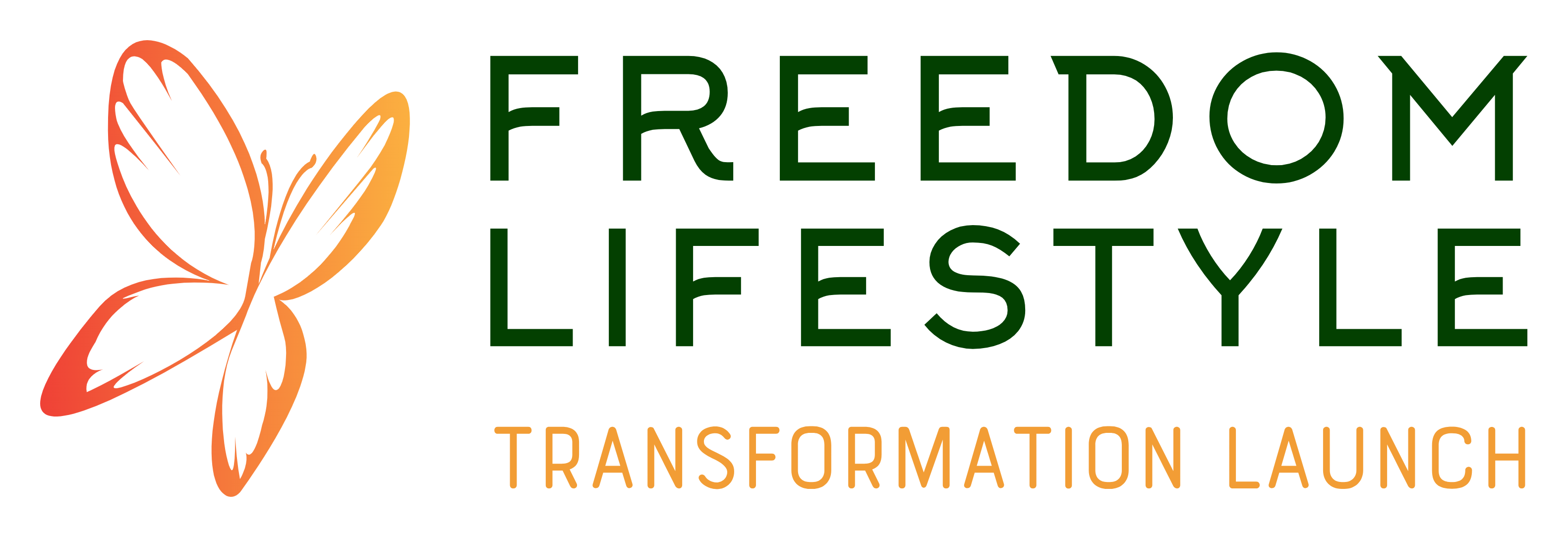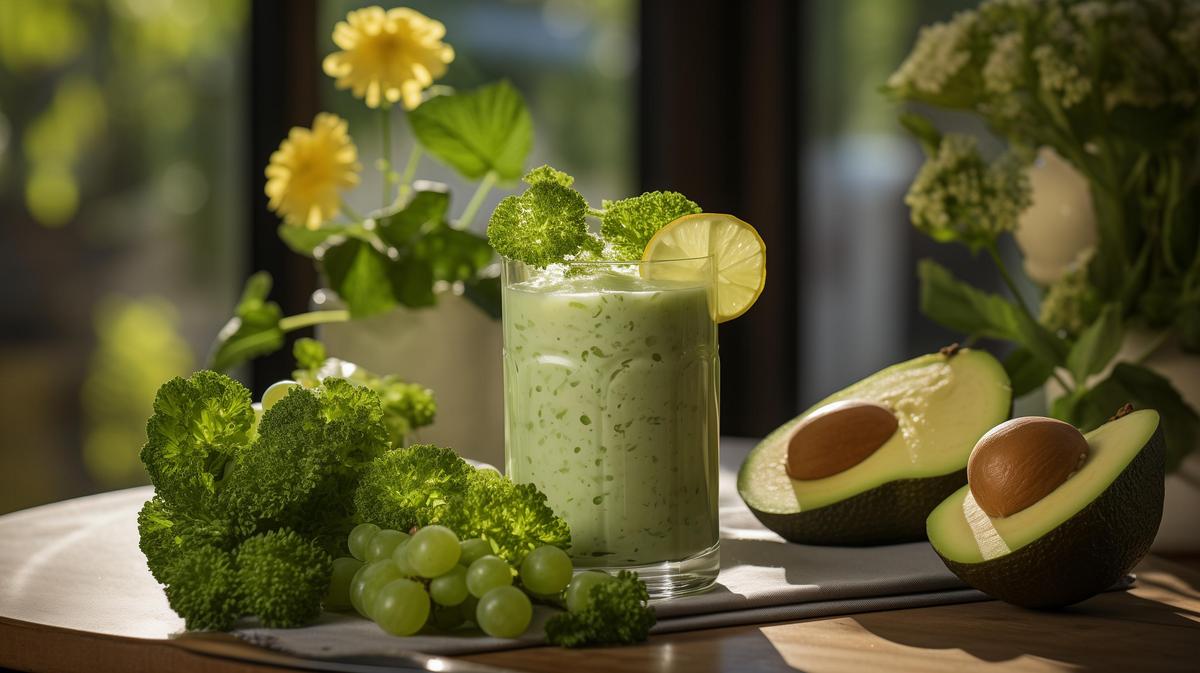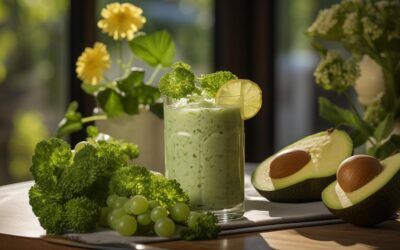TL;DR:
-
High-Protein Ingredients:
-
Lentils: ~18g protein/cup (cooked).
-
Quinoa: ~8g protein/cup (cooked), gluten-free, complete protein.
-
Tofu/Tempeh: ~10-15g protein/serving (soy-based).
-
Seitan: ~21g protein/3 oz (wheat-based).
-
Black beans: ~15g protein/cup, pairs well with grains.
-
Nutritional yeast: ~5g protein/2 tbsp.
-
Pumpkin seeds: ~7g protein/handful.
-
Soy-Free Options: Pea protein, black/kidney/mung beans.
-
Tips: Combine beans with grains or nuts with seeds for all essential amino acids.
-
Flavor Enhancers: Use spices like cumin, smoked paprika, or garlic powder.
-
Versatile Staples: Keep ingredients like quinoa and chickpeas on hand for easy, high-protein meals.
Protein isn’t just for meat lovers—it’s the foundation of strength and recovery. But who says vegetarians can’t compete? I’m here to bust the myth that plant-based eaters struggle to hit their protein goals. From lentils to quinoa to tofu, the options are endless—and delicious. Whether you’re building muscle, boosting performance, or meal-prepping on a budget, high-protein vegetarian recipes could be a game-changer. Ready to rethink your plate? Let’s dive in!
Essential Ingredients for High-Protein Vegetarian Recipes
Beans, lentils, quinoa, and chickpeas are stars in high-protein vegetarian cooking. Each of these ingredients packs essential amino acids, fiber, and minerals like iron and magnesium. For example, a cup of cooked lentils contains about 18 grams of protein. Quinoa, known as a complete protein, gives you around 8 grams of protein per cooked cup while also being gluten-free.
Don’t forget tofu, tempeh, and seitan when building meals. Tofu and tempeh are soy-based and give 10-15 grams of protein per serving, making them excellent for stir-fries or casseroles. Seitan, made from wheat, is a protein powerhouse with about 21 grams per 3 ounces, perfect for mock-meat dishes.
For soy-free alternatives, try pea protein or legumes like black beans, kidney beans, or mung beans. A cup of black beans contains 15 grams of protein and pairs well with grains like rice for a complete amino acid profile. Nutritional yeast is another favorite. Sprinkle it on pasta or salads to add 5 grams of protein in just two tablespoons.
Add toppings like roasted chickpeas, nuts, or seeds to boost protein and texture. A handful of pumpkin seeds delivers around 7 grams of protein and can complement soups or salads. For flavor, use spices like cumin, smoked paprika, or garlic powder. These enhance taste without overpowering the dish.
Combining ingredients is key. Pairing beans with grains or nuts with seeds ensures you get all nine essential amino acids. These combos make each meal balanced and satisfying. Keep versatile staples like quinoa and chickpeas on hand, and you’ll always have high-protein options ready.
Conclusion
High-protein vegetarian meals are simple, nutritious, and endlessly versatile. From lentils to tofu, you can meet your protein needs with flavorful and easy recipes. Whether you’re planning meals, customizing for dietary needs, or trying quick cooking hacks, these ideas fit every lifestyle. Protein-packed dishes can fuel your body, support recovery, and keep meals exciting. Start experimenting with these recipes today and discover how satisfying vegetarian eating can truly be!



